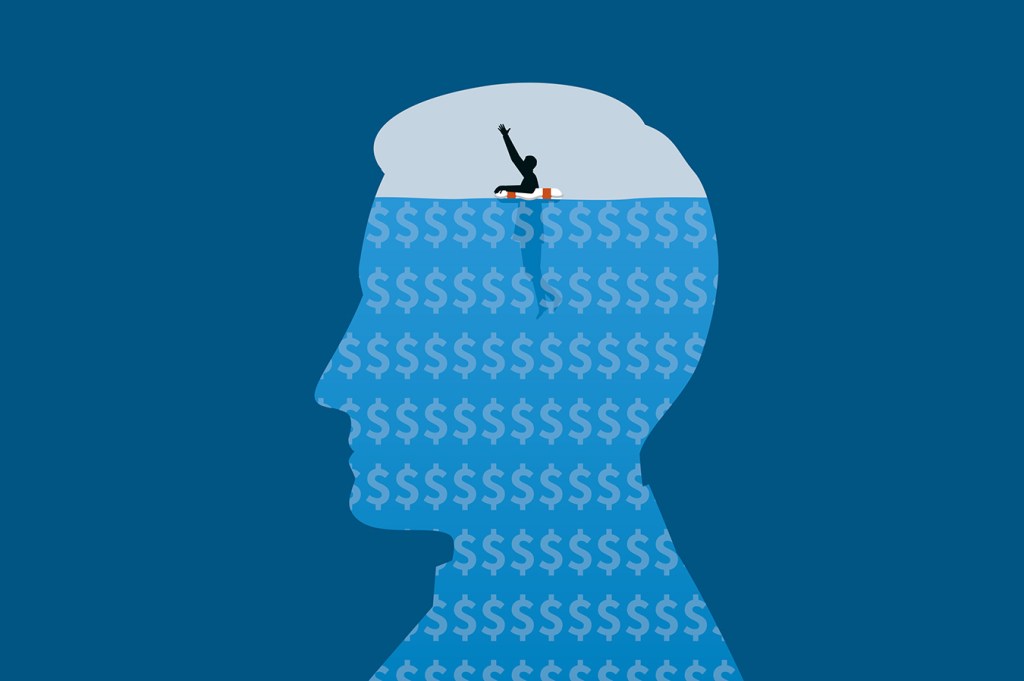 Reger MA, Stanley IH, Joiner TE.
Reger MA, Stanley IH, Joiner TE.JAMA Psychiatry.
Published online April 10, 2020.
doi:10.1001/jamapsychiatry.2020.1060
Suicide rates have been rising in the US over the last 2 decades. The latest data available (2018) show the highest age-adjusted suicide rate in the US since 1941.1 It is within this context that coronavirus disease 2019 (COVID-19) struck the US. Concerning disease models have led to historic and unprecedented public health actions to curb the spread of the virus. Remarkable social distancing interventions have been implemented to fundamentally reduce human contact. While these steps are expected to reduce the rate of new infections, the potential for adverse outcomes on suicide risk is high. Actions could be taken to mitigate potential unintended consequences on suicide prevention efforts, which also represent a national public health priority.
COVID-19 Public Health Interventions and Suicide Risk
Secondary consequences of social distancing may increase the risk of suicide. It is important to consider changes in a variety of economic, psychosocial, and health-associated risk factors.
Economic Stress
There are fears that the combination of canceled public events, closed businesses, and shelter-in-place strategies will lead to a recession. Economic downturns are usually associated with higher suicide rates compared with periods of relative prosperity.2 Since the COVID-19 crisis, businesses have faced adversity and laying off employees. Schools have been closed for indeterminable periods, forcing some parents and guardians to take time off work. The stock market has experienced historic drops, resulting in significant changes in retirement funds. Existing research suggests that sustained economic stress could be associated with higher US suicide rates in the future.
Social Isolation
Leading theories of suicide emphasize the key role that social connections play in suicide prevention. Individuals experiencing suicidal ideation may lack connections to other people and often disconnect from others as suicide risk rises.3 Suicidal thoughts and behaviors are associated with social isolation and loneliness.3 Therefore, from a suicide prevention perspective, it is concerning that the most critical public health strategy for the COVID-19 crisis is social distancing. Furthermore, family and friends remain isolated from individuals who are hospitalized, even when their deaths are imminent. To the extent that these strategies increase social isolation and loneliness, they may increase suicide risk.
The info is here.
